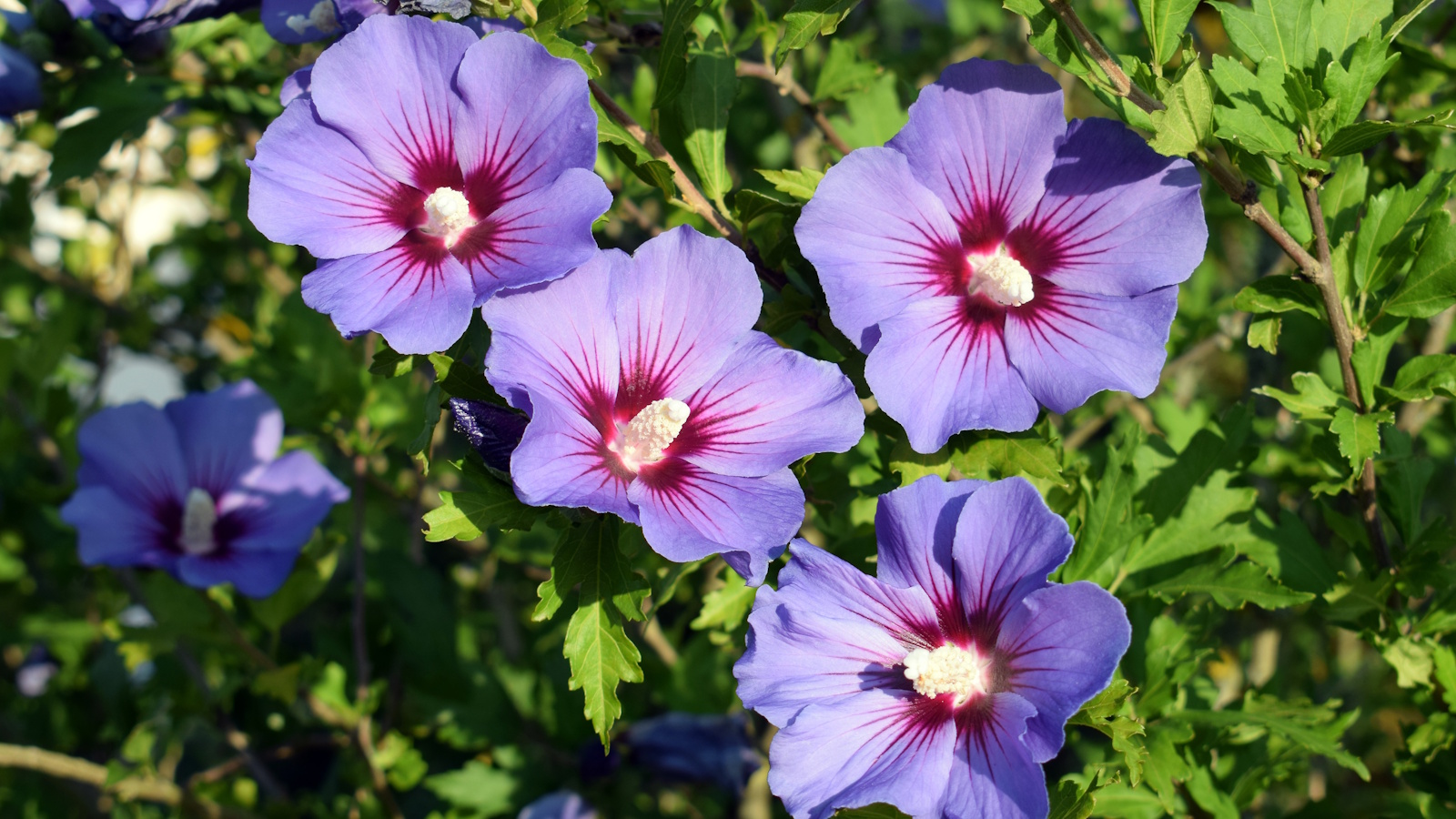
Rose of Sharon, or Hibiscus syriacus, is a popular garden shrub, valued for its large pink, purple or white flowers that bloom during the summer months and into early fall. In general, this shrub is a hardy, resilient plant that requires very little maintenance, although one common problem is yellowing foliage.
If you are worried about a rose of Sharon turning yellow, this is usually a sign that the plant is struggling. There are usually a few issues that cause foliage to turn yellow, typically water, nutrition, pests and disease.
So, while you might know how to grow hibiscus, you may be worried at the sight of sickly looking foliage. Here, we reveal how best to care for a rose of Sharon turning yellow, including the reasons for discoloration and effective solutions that will help to remedy your plant woes.
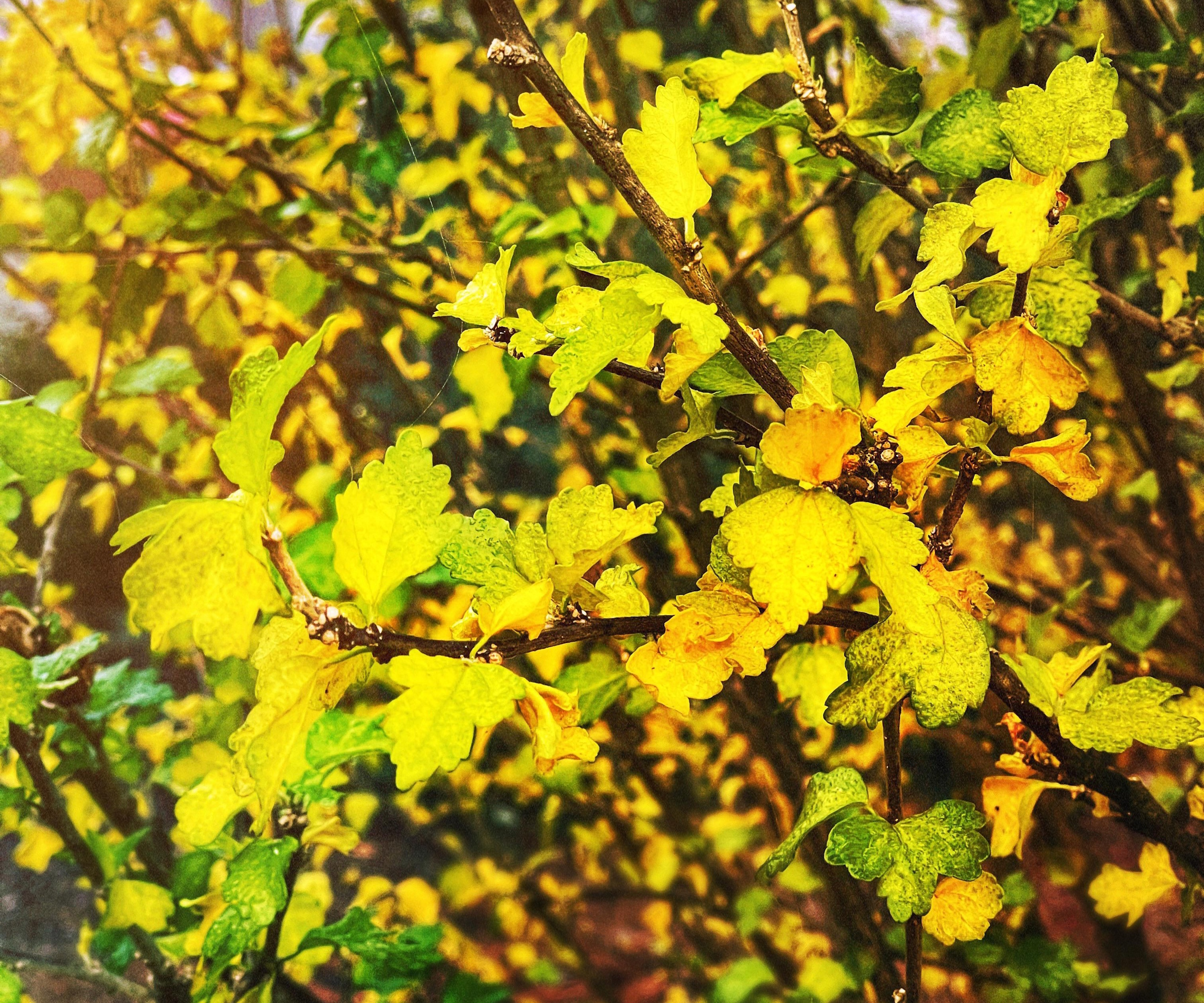
Why is my rose of Sharon turning yellow?
Rose of Sharon plants are one the best hibiscus varieties to grow if you reside in cooler, northerly US hardiness zones, such as zone 5. These hardy plants do best in full sun and are useful at the back of the garden border, with tall, bushy growth and showy blooms.
If your shrub has yellowing leaves, however, this can be unsightly and a cause for concern. We look at three of the common reasons and how to overcome them.
1. Overwatering rose of Sharon plants
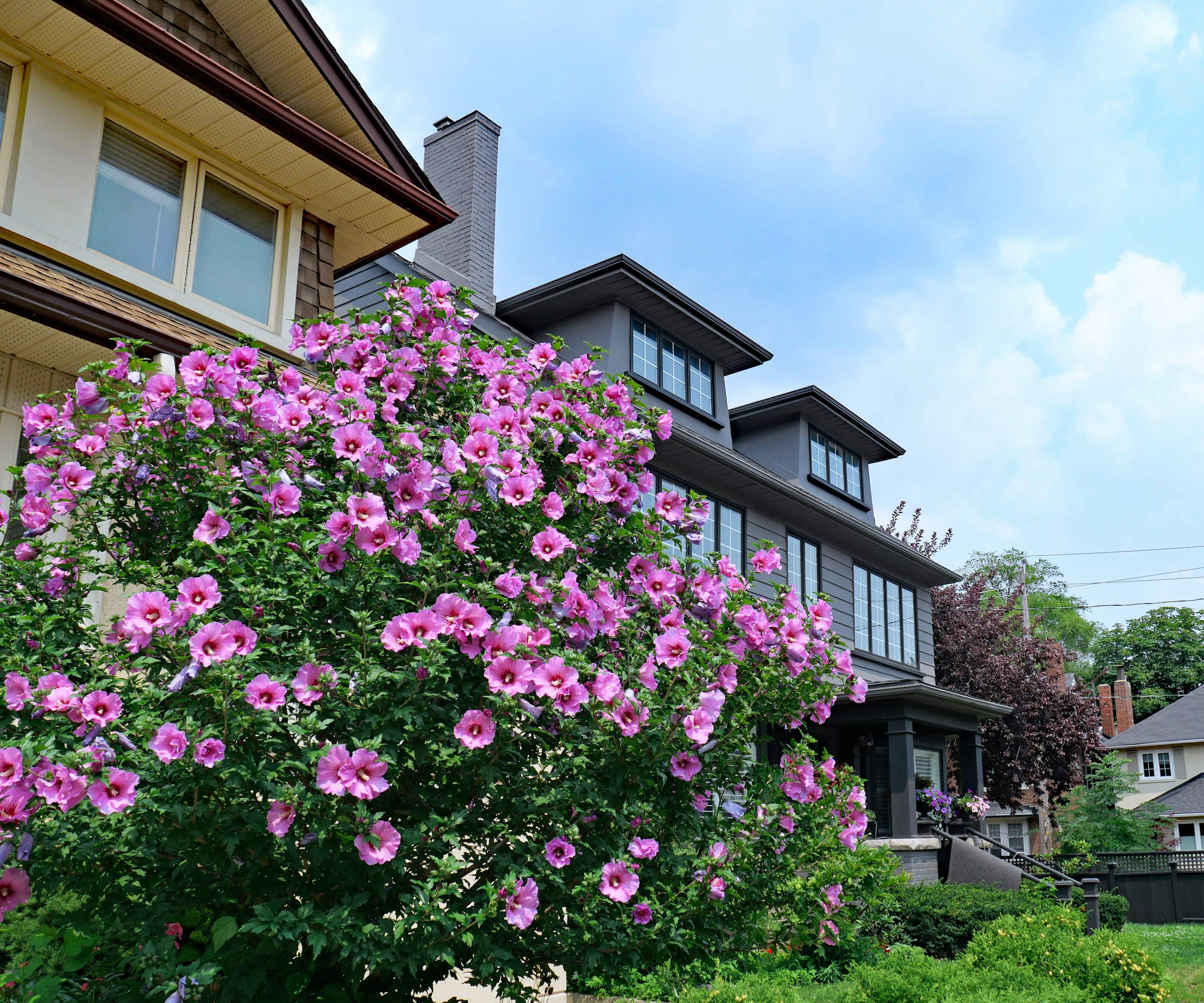
'When I am choosing shrubs for my garden center, I always pick plants that are beautiful and beneficial to the local environment, and rose of Sharon plants tick all the boxes,' says plant expert and owner of Millstone Market & Nursery in Tennessee, Tricia Hunt. 'Most perennial hibiscus varieties, including rose of Sharon, are deciduous meaning they do lose their leaves in late fall and winter.
'While perennial hibiscus varieties benefit from more water than tropical ones, these flowering shrubs do not do well in saturated, waterlogged soils,' Tricia adds. If your rose of Sharon plant is sitting in a soggy pot or border, this can lead to yellowing foliage.
As Tricia says, poorly drained soil is a problem for both perennial and tropical hibiscus species, including rose of Sharon shrubs. Soggy soil will suffocate the roots, leading to browning or yellowing leaves. Ensure that there is good drainage in pots and borders by mulching your rose of Sharon at least once a year, using something like this pine bark mulch, available from Walmart.
Monitor your shrubs during the spring and summer, watering when the top two inches of the soil feel dry to the touch. Deep watering is always preferable to shallow watering, soaking the soil once or twice a week. During the fall months, rainfall should provide enough moisture without any need for supplemental watering, although the best way to check is by touching the soil with your hand. If the top few inches are very dry, watering is a good idea.
2. Too much or too little nutrients in the soil
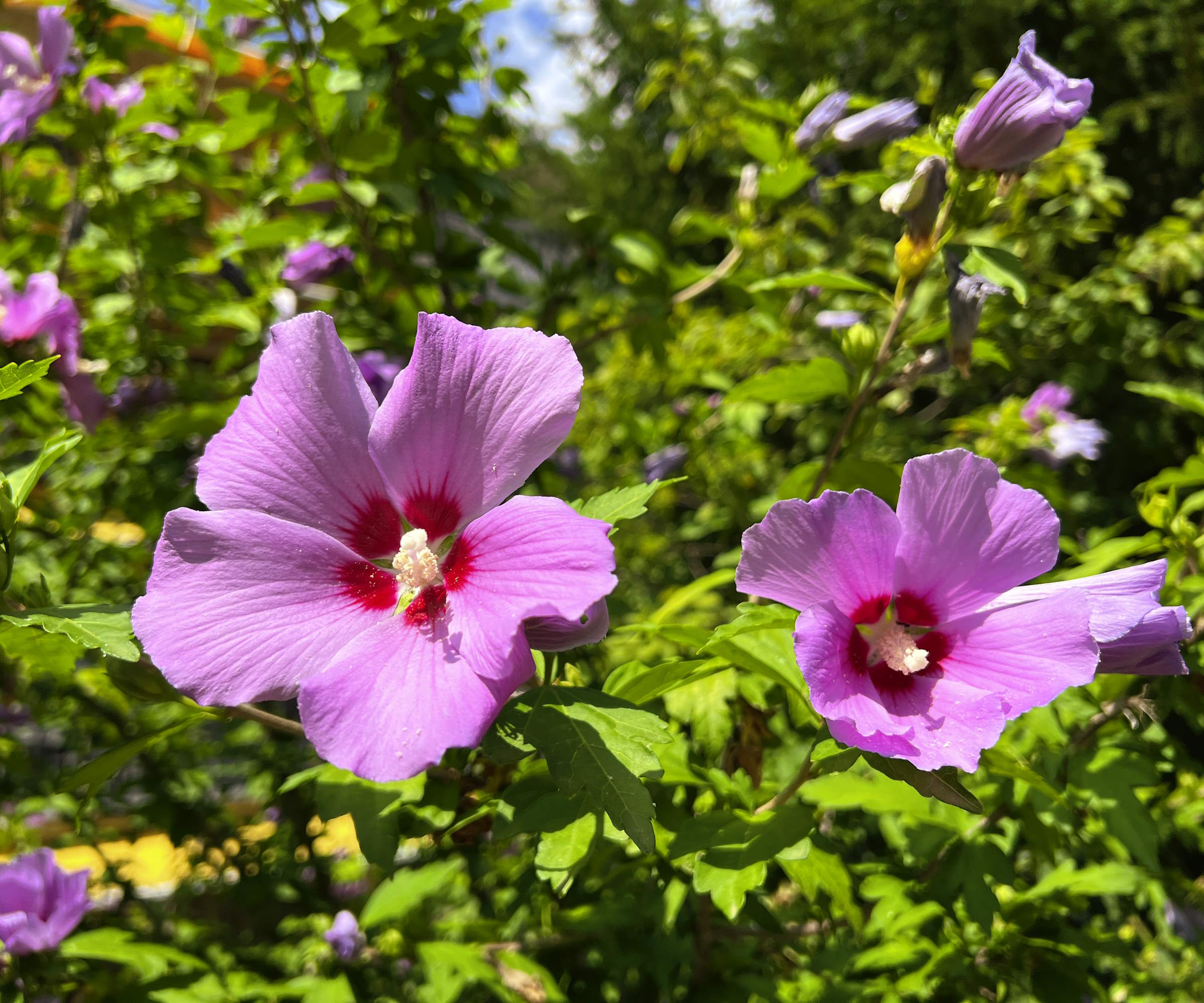
'Rose of Sharon plants prefer acidic soil, generally with a pH below 6.5,' continues Tricia. For this reason, if you have alkaline soil, your shrub may display yellowing leaves, a process also known as chlorosis. To ascertain your soil health, consider using a soil pH test kit, available from Amazon, which will easily tell you if your soil is acidic, neutral or alkaline.
If your reading is above 6.5, there are ways to make soil more acidic. 'Adding coffee grounds to your rose of Sharon plants is a good way to lower the pH,' Tricia adds. In addition, you can apply a soil acidifier or garden lime, which will also lower the pH.
Soil test kits like the one listed above will also reveal if your soil is lacking in any other nutrients. For example, a lack of nitrogen can cause rose of Sharon shrubs to turn yellow, although avoid overfeeding, which is a common fertilizing mistake. It is best to feed rose of Sharon shrubs with an all-purpose feed in the spring and summer months only.
This Espoma organic soil mix is ideal for use when planting or as a mulch to improve the quality of your borders.
This hibiscus plant food is high in sulfur which will help to get the pH levels right for your rose of Sharon plants.
This multifunctional soil test kit can easily measure soil pH and nitrogen in the earth, helping you to best support your plants.
3. Pests and diseases affecting rose of Sharon plants
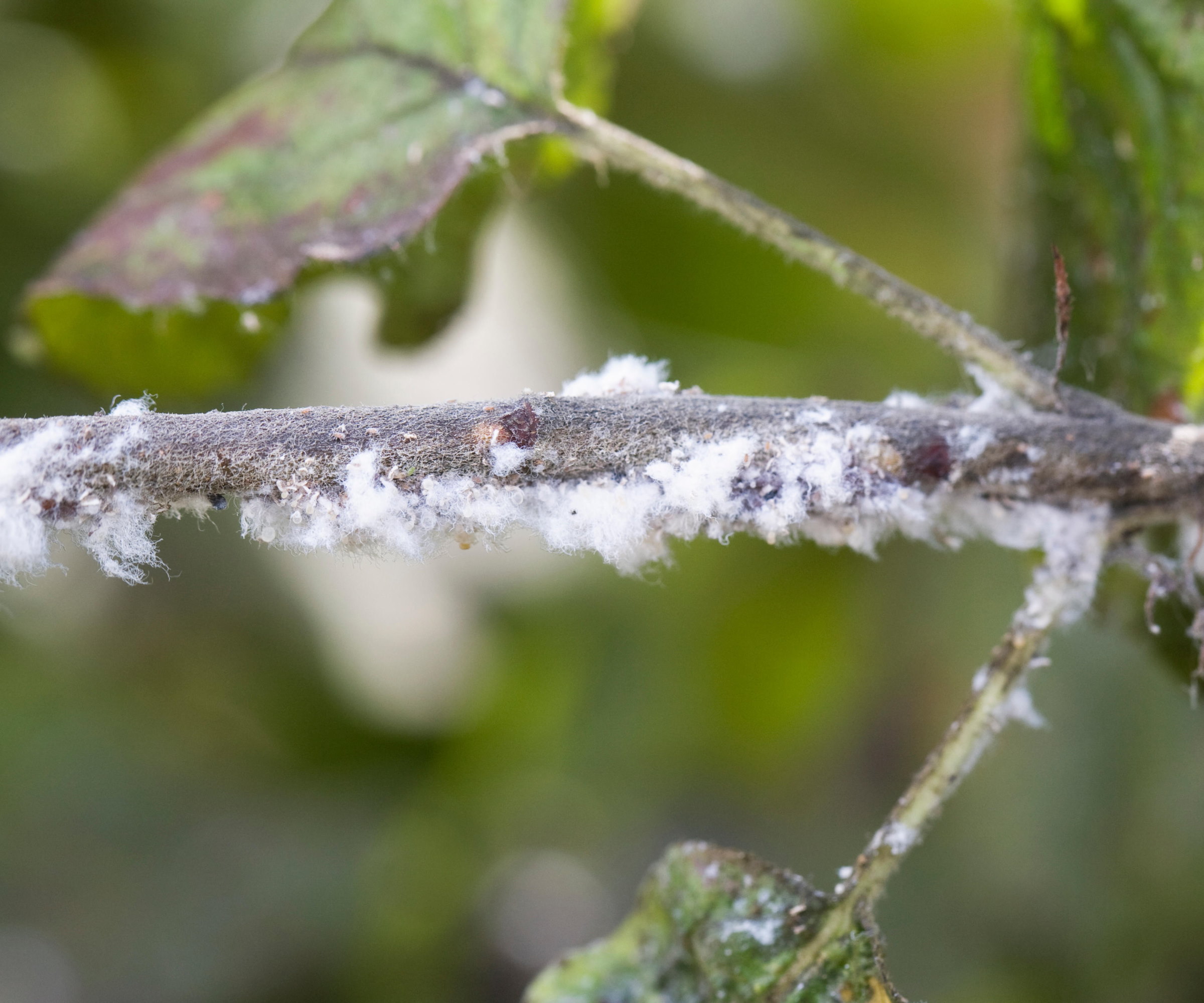
In general, rose of Sharon plants are relatively pest-resistant, but aphids and whiteflies can be a problem. These sap-sucking hibiscus pests can cause the foliage to turn yellow, although rarely are they fatal for the plant. Inspect your plants regularly for signs of damage. Larger colonies will be easy to spot, and often white woolly aphids stand out against green foliage.
I would caution against using any insecticide and instead rely on natural predators to control any pest outbreaks. For example, you can easily learn how to attract ladybugs to your yard to help control any aphid or whitefly problems.
To encourage ladybugs, it is essential to go organic and fill your yard with nectar-rich flowers. You could also build a bug hotel, or if you want instant results, live ladybugs can be ordered online at Amazon.
FAQs
When should I prune my rose of Sharon?
In terms of learning how to prune a rose of Sharon, it is best to leave this gardening job until late winter or early spring. Remember that these shrubs are deciduous, so will lose all of their foliage over winter. Once your plant is bare and dormant, it is a good idea to apply the one-third pruning rule, removing up to a third of the growth to keep your rose of Sharon bushy and healthy.
If your shrub is not happy and struggling, for example, it is in a shady position or you want to grow it in a pot due to alkaline soil, the best time to lift and move your plant is when it is dormant, typically from November until March. Doing so at this time will give your plant plenty of time to settle and establish new roots before the summer.
While beautiful, a rose of Sharon specimen can self-seed can dominate borders. In some US states, this shrub is considered invasive, so always do your homework before planting. For more information, see our guide on invasive trees and invasive climbers to avoid growing.







